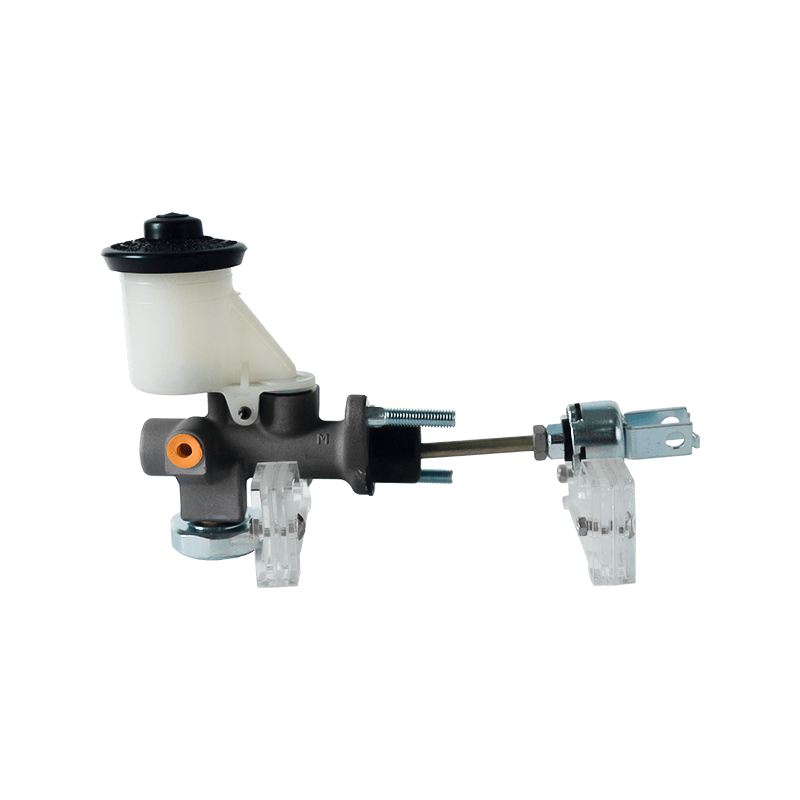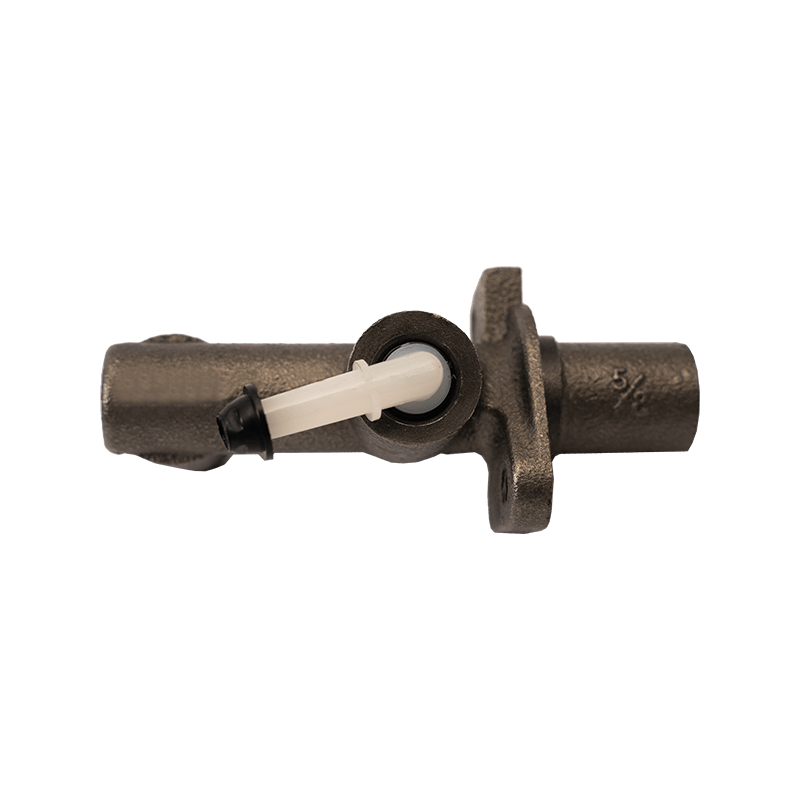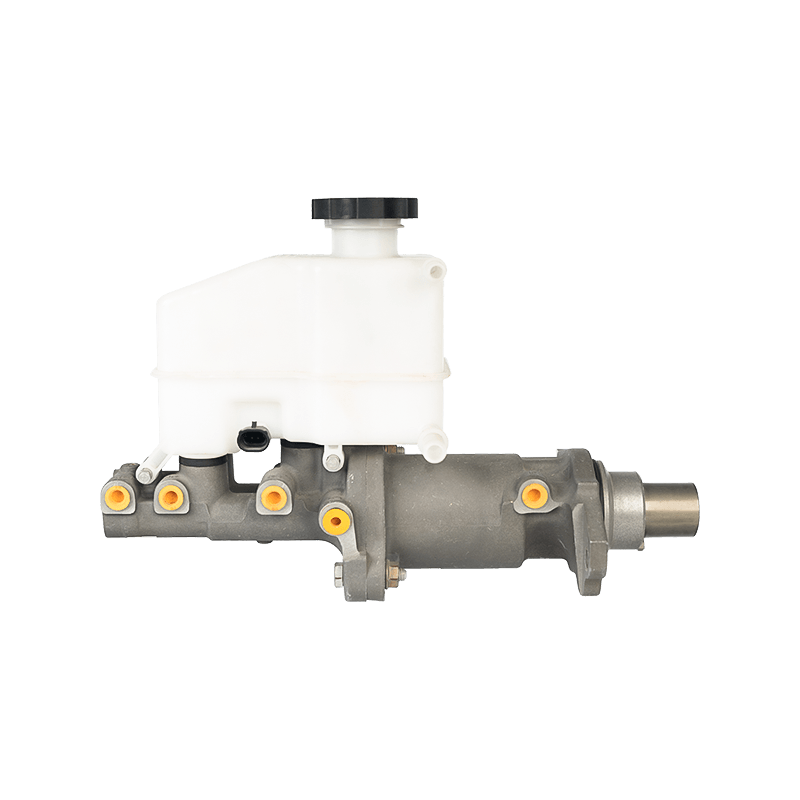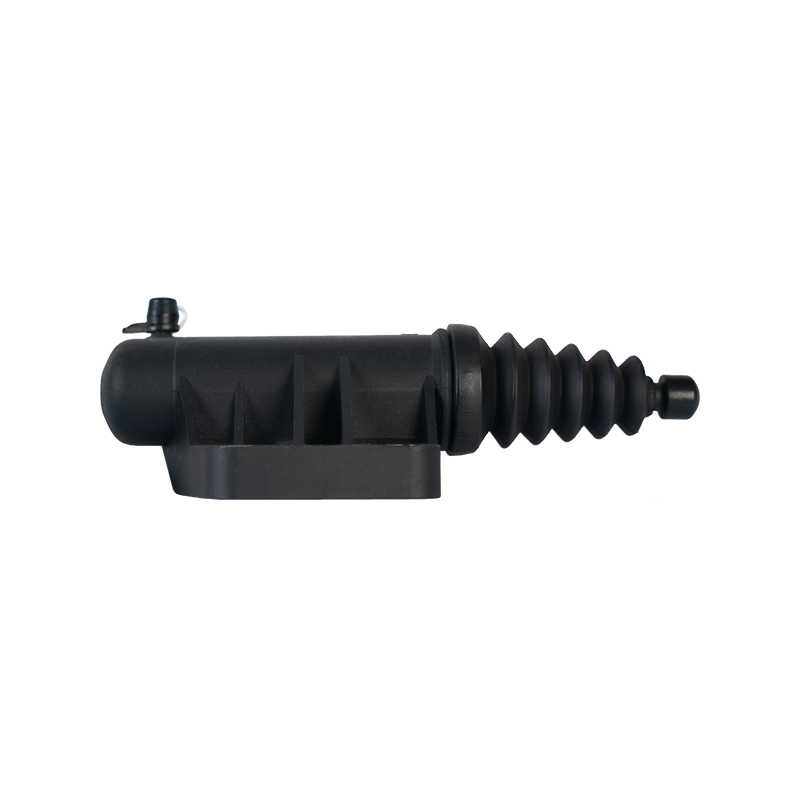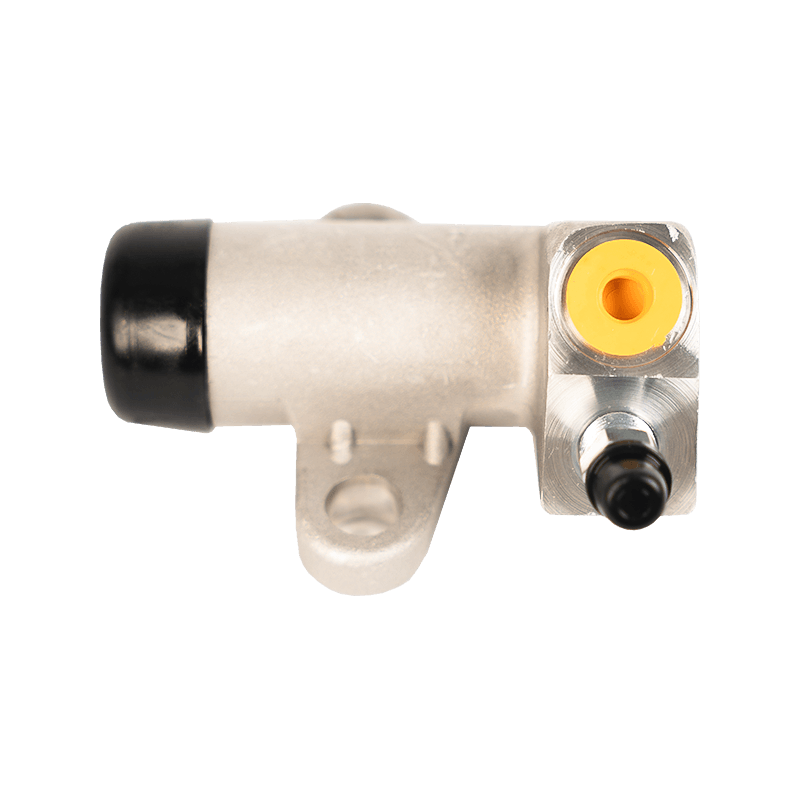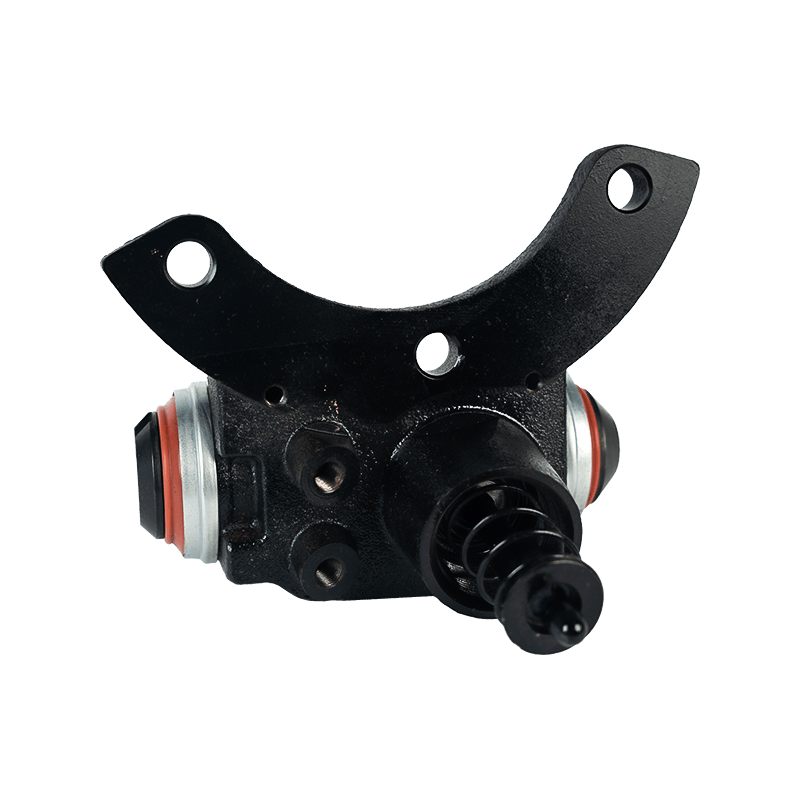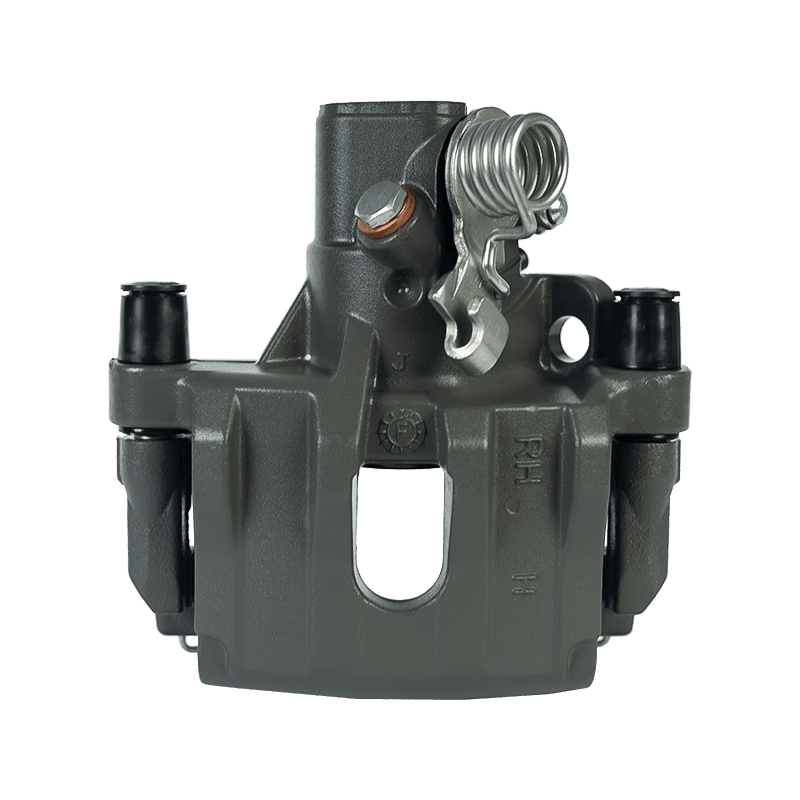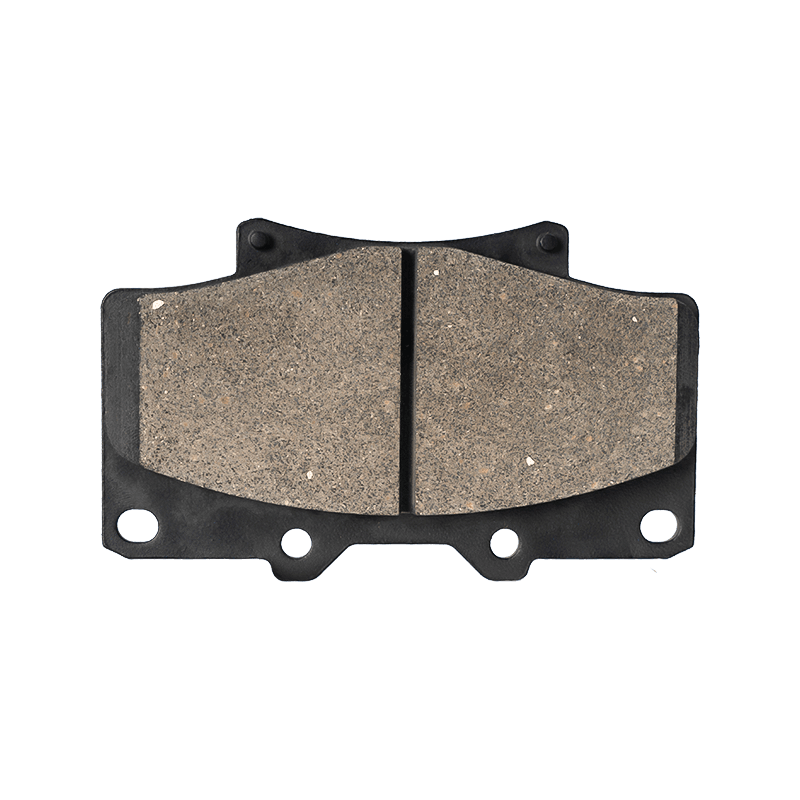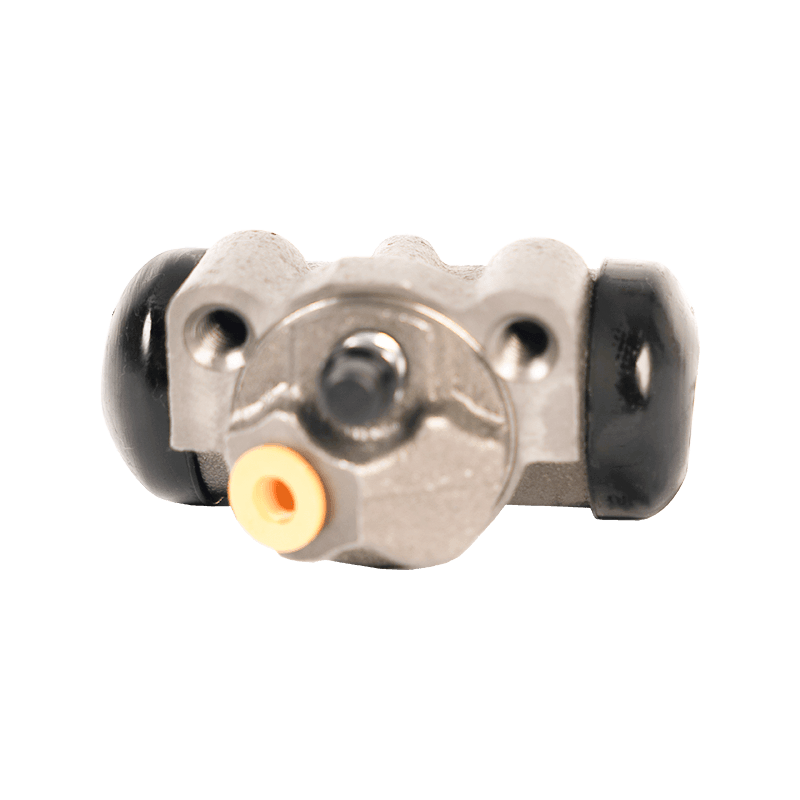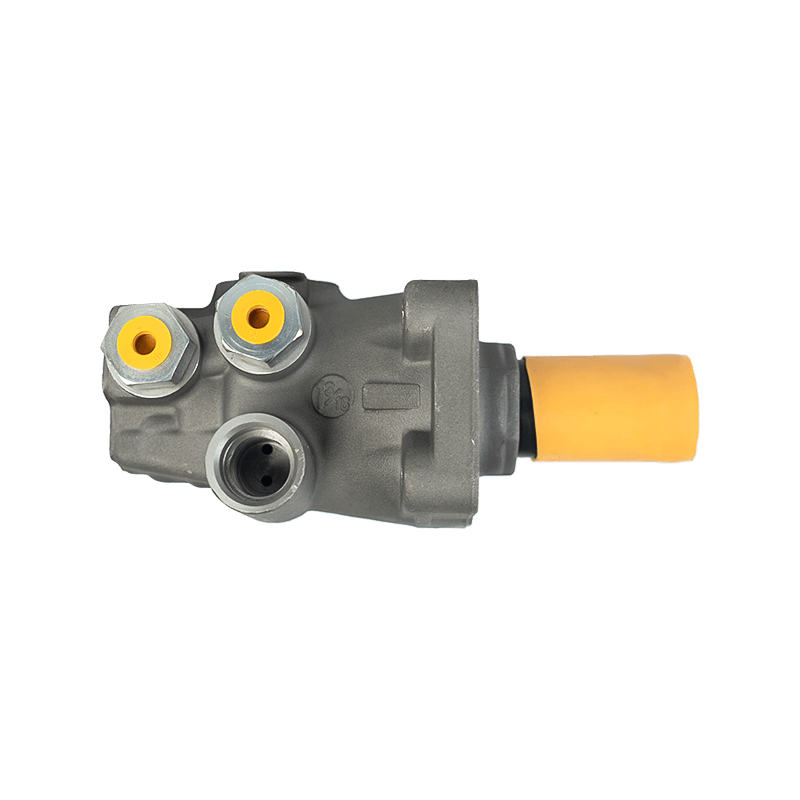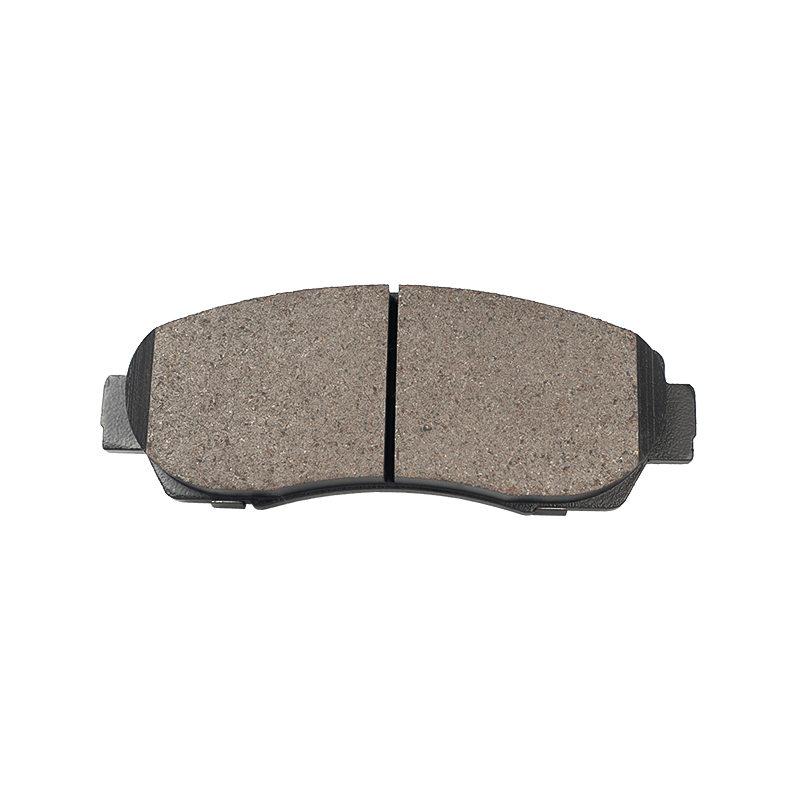How to determine whether the brake pads need to be replaced?
 2025.06.06
2025.06.06
 Industry News
Industry News
1. Thickness detection method
Observation standard-
Brake pad new thickness: 10~15mm (about 1 yuan coin thickness)
Recommended replacement threshold: ≤3mm (ID card thickness)
Brake pad safety range: ≤1.5mm (bank card thickness), must be replaced immediately
Self-test method-
Visual observation: Check the remaining thickness of the brake pad through the gap of the wheel hub. If <5mm, pay close attention, and replace immediately if <3mm.
Tool measurement: Use a 9.9 yuan brake pad thickness card (accuracy ±0.5mm), which is more objective than visual inspection at 4S stores.
Note: Some models need to remove the tire to check the inner plate (wear may be faster)
2. Abnormal sound and foot feel warning
Abnormal sound-
Sharp metal friction sound: The brake pad alarm plate (limiter) rubs directly with the brake disc and must be replaced immediately.
Misunderstanding distinction: There may also be a short abnormal sound during the running-in period (about 300 kilometers) of the new brake pad, which is not a replacement signal.
Changes in pedal feel -
The pedal becomes soft/the pedal is pressed to the bottom before braking: excessive wear of the brake pads leads to an increase in hydraulic stroke.
The braking distance is significantly extended: the measured increase is ≥20% (such as 1.4 meters more sliding when braking at 60km/h), which requires emergency inspection.
The steering wheel shakes: the brake disc may be scratched and deformed by the wear pads.
3. Mileage reference
|
Brake pad type |
Theoretical replacement mileage |
Actual influencing factors |
|
Front brake pads |
30,000-50,000 km |
Traffic congestion and sudden braking habits can shorten the life of your car by 40%. |
|
Rear brake pads |
60,000-100,000 km |
Careful driving can extend to 120,000 kilometers |
 Search
Search
 Eng
Eng 
 English
English Español
Español Português
Português


